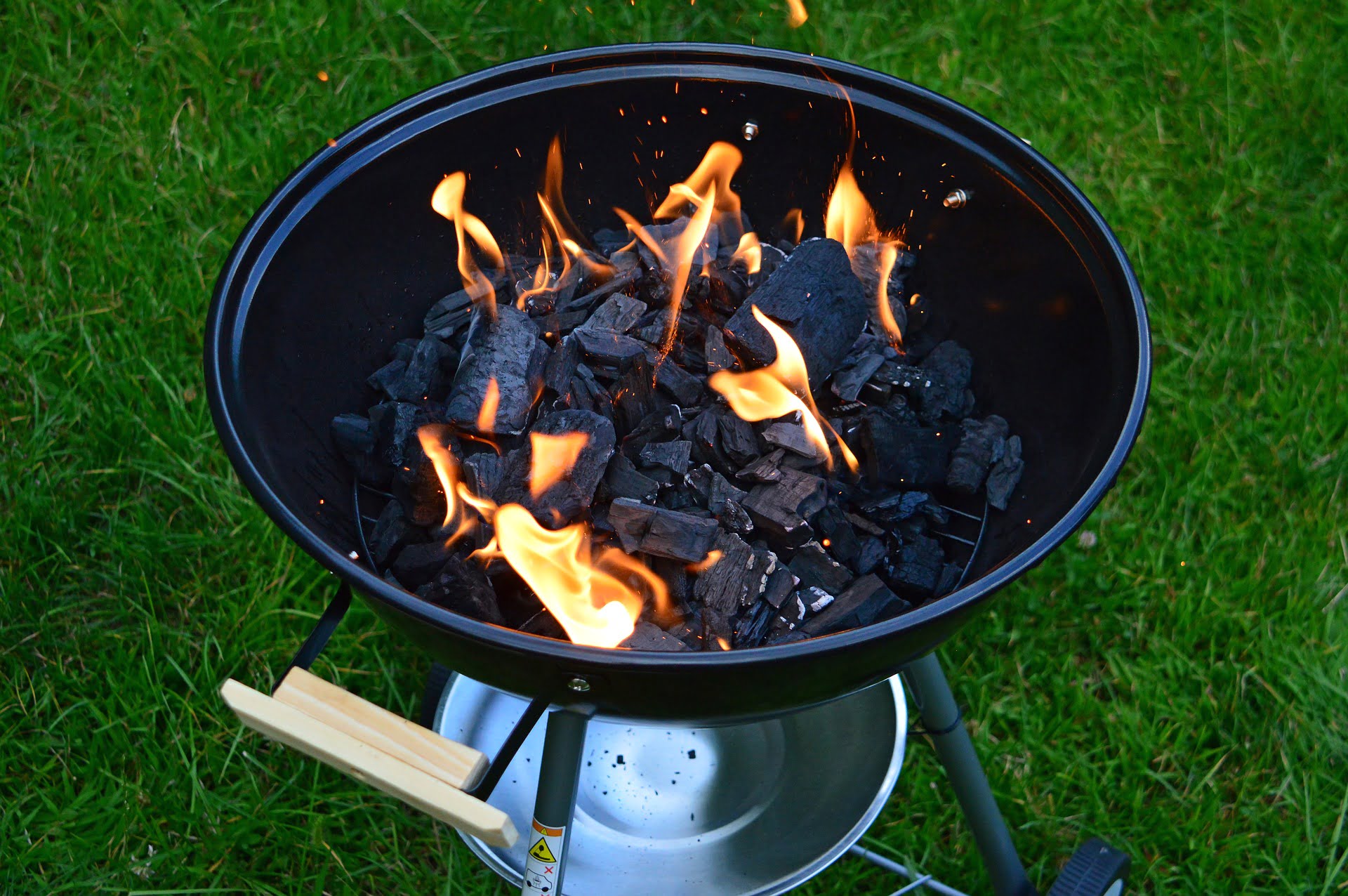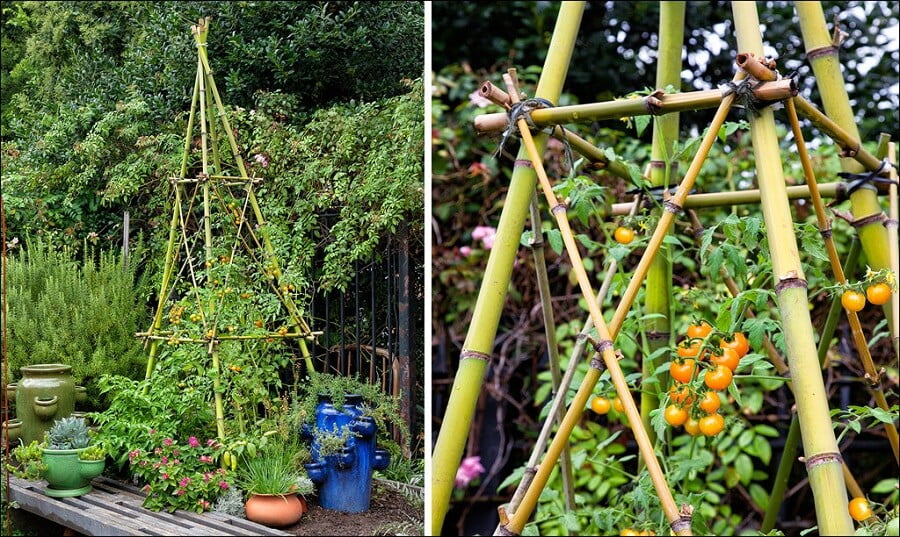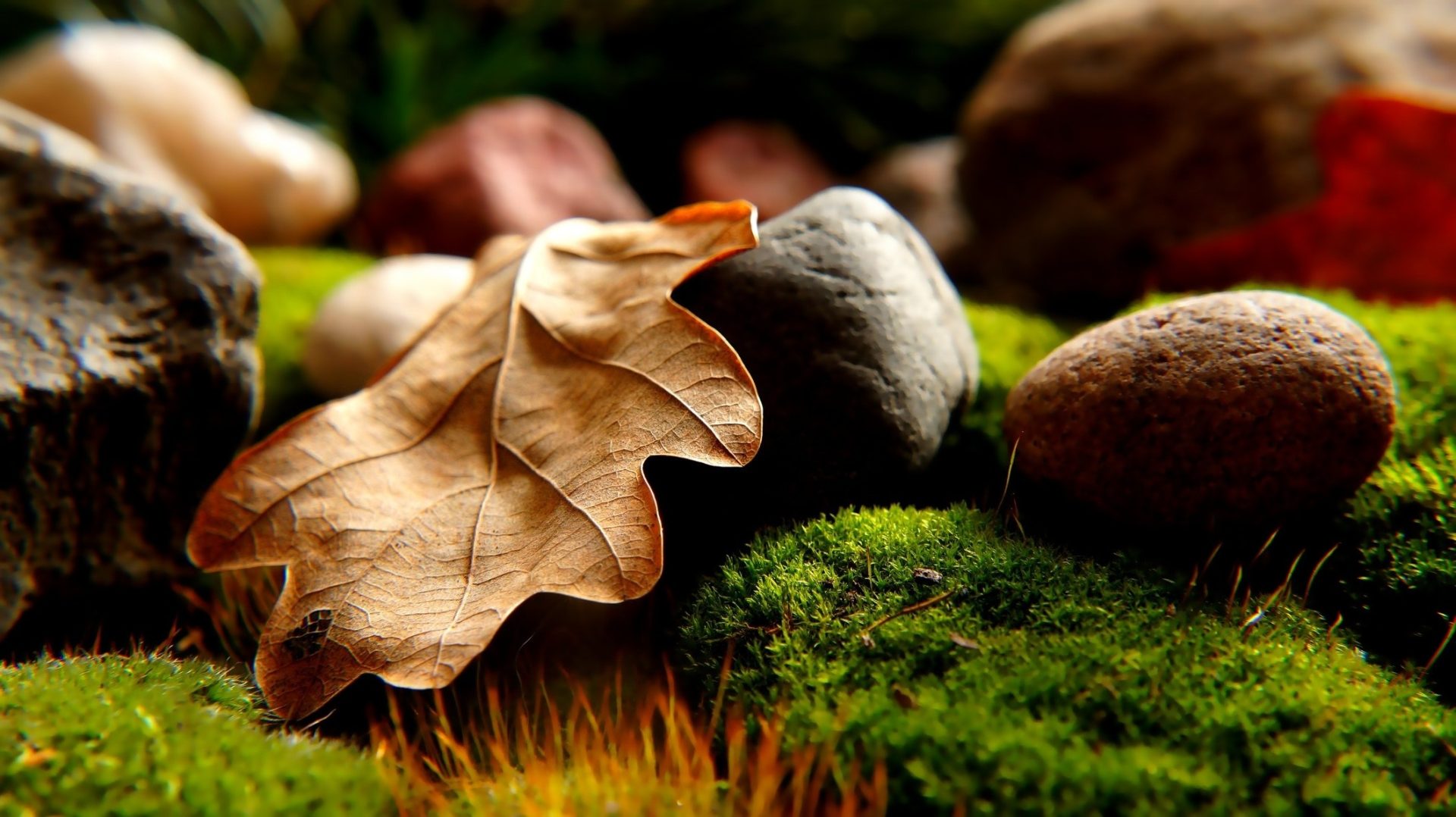Hanging a bird feeder outside your home is a great way to attract a variety of local birds. You don’t need to be a ornithologists, or professional bird watcher, to appreciate the beauty that birds bring. You may think hanging a bird feeder is helping our feathered friends, but it can actually cause them harm. Dirty bird feeders can quickly spread diseases to local bird populations. Properly cleaning your bird feeder is a great way to keep our local birds healthy, happy and well fed. This article will go over how and why we need to frequently clean the bird feeders hanging around your home.
Dangers of Unclean Bird Feeders
Having a neat and clean bird feeder is more than just nice to look at, it is helping to keep birds safe. Having a dirty bird feeder can cause a lot of harm if left untreated. Dirty bird feeders pose the perfect breeding grounds for mold, bacteria, and other diseases. Because it is such a popular gathering place for birds these diseases can quickly spread. As birds travel from feeder to feeder the sometimes deadly diseases travel with them. In a worst case scenario, whole colonies of local birds can be affected in a short amount of time. Best case scenario, dirty bird feeders are an eyesore and often bring unwanted odors and other pests to your backyard. Cleaning your bird feeder is pretty simple and straightforward. Not to mention it will benefit you and the birds that come by for a visit.
How Often Should You Clean a Bird Feeder?
The National Audubon Society recommends cleaning your bird feeder once or twice a month. However, there are a few circumstances where you would want to increase that number. You should clean more often during periods of increased bird activity, such as migration. This will protect your feeder from harmful disease brought to you from other feeders. If you begin to notice signs of diseased or sickly birds around your neighborhood you should increase your cleaning to a weekly session. It is also wise to add an extra cleaning in after a rainstorm or if you are having particularly damp weather. The damp weather can cause your seeds to mold or grow fungus faster than normal. A good warning sign is if you notice the seeds in your bird feeder clumping together. When it comes to bird feeders and cleanliness, it is best to air on the side of caution.
How to Clean a Bird Feeder
Cleaning a bird feeder is actually a fairly simple and quick process. While every feeder is different, there are a few basic steps you can follow when cleaning a bird feeder. These steps are easy to adapt to fit your situation.
Empty the Seeds
If you are using seeds, you should dump the seeds into a bag and throw them away. This is especially important if you are cleaning out seeds that are wet or even damp. You may be tempted to throw the seeds on the lawn for birds to come and eat. This is not a wise decision for a few reasons. The first reason is that the seeds might actually sprout in your garden, leaving you with unwanted plants. The next reason is that wet or damp seeds may have harmful mold or fungus growing. Even if the seeds appear dry, spreading them on your lawn can attract rodents to your yard. An increase in rodent activity can lead to stray cats, snakes and other predator to gather near your bird feeder. It is in your best interest to just empty the feeder and throw away any uneaten seeds.
Soak
If you have a bird feeder that is easy to dissemble, you should first take it apart before soaking. Check each piece of the feeder to insure nothing is broken and everything is working well. If you find broken pieces, remove them from the feeder and replace. Then, begin soaking your feeder in hot water and a mild soap. This is a good way to loosen the dirt and dried seeds stuck inside the feeder. It will also help remove bird feces or any grease that can get leftover from suet feeders. Let the feeder soak for about 15 minutes, or until all debris is loose. While you are waiting while the feeder is soaking, look on the ground around the feeder. Use this time to gather up any seed that may have fallen to the ground and properly dispose of them.
Clean
Once the bird feeder has finished soaking, it is time to scrub and sanitize. You can use a stiff cleaning brush to scrub off dirt, bird feces, or mold that may accumulate on the inside and outside of your feeder. You can find brushes specifically designed for different types of feeders. Check your local pet store or garden center for specialty brushes. If you don’t want to buy any extra equipment you can simply use an old toothbrush or pipe cleaners to clean the hard to reach areas.
Sanitize
Once your bird feeder is free from debris, it is important to sanitize the feeder before reassembling. You can find cleaners made specifically for bird feeders, or you can make your own cleaning solutions. If you are using bleach make sure you dilute it with water. Combine 9 parts water for every 1 part bleach. You can let your feeder soak in the bleach solution for 10 minutes, before thoroughly rinsing and reassembling. Be careful not to use a strong spray of water from the hose when rinsing. Plastic bird feeders may be worn and brittle from the time spent in the sun and can easily break. If you’d like to go a more organic route, try making a solution of 50% white vinegar and 50% water. You should also gently rinse your feeder after soaking in the vinegar solution.
Completely Dry
Once your bird feeder has been thoroughly washed and sanitized, you should let it dry completely before reassembly. This is easily achieved by setting the parts of your feeder out in the sun. The sun can also help disinfect the feeder. Do not fill your bird feeder with new seed until the feeder is completely dry. Once the feeder is dry, refill with your favorite seed or nectar and rehang your bird feeder.
In Conclusion
Cleaning your bird feeder is not a difficult task, as long as you are cleaning your bird feeders on a consistent basis. You will find that a clean bird feeder with fresh seed can attract some of the greatest wildlife nature has to offer. So grab a pair of binoculars and a bird watching magazine, and enjoy the happy and healthy birds that come to feed in your backyard!
Related Article: Best Bird Feeders – Our Top Picks to Bring the Birds Flocking to your Yard









